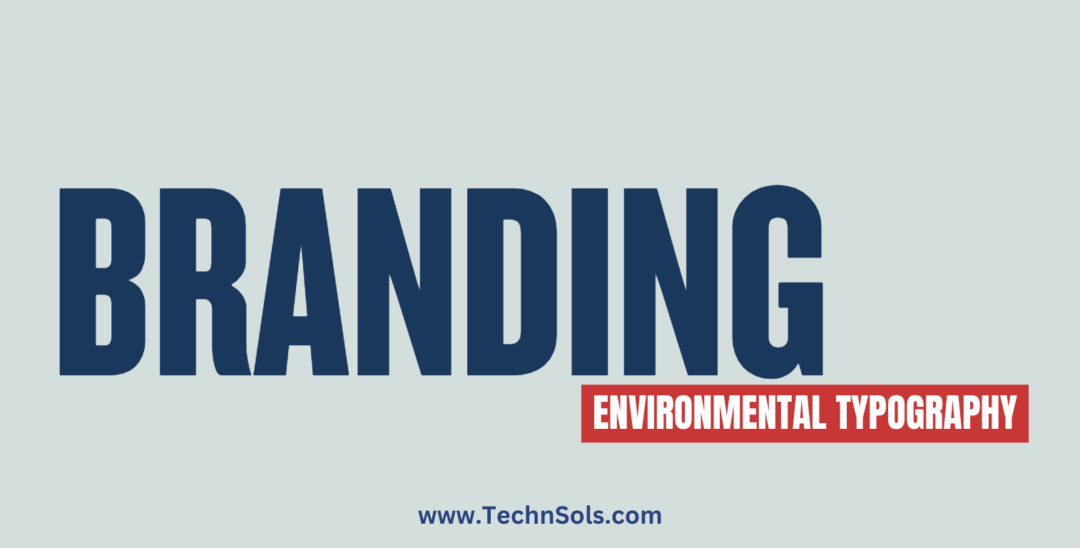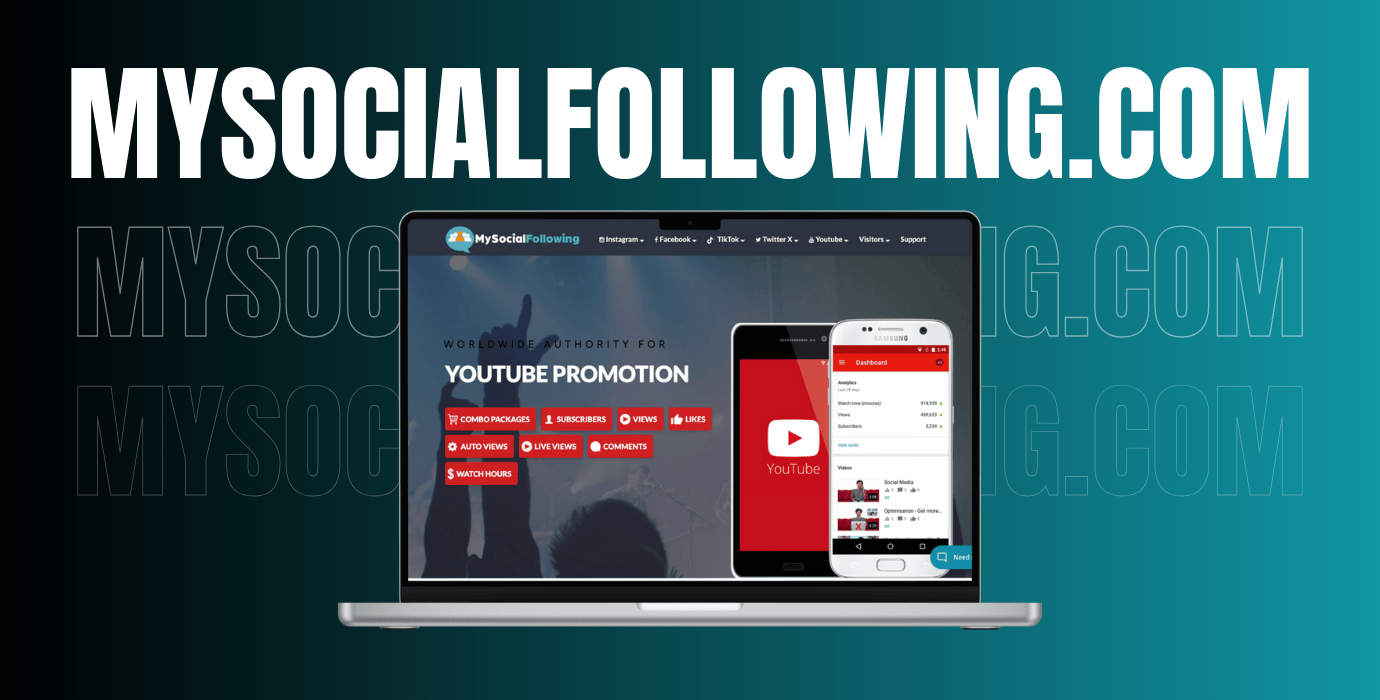Environmental Typography in Graphic Design is a creative approach that combines typography with physical environments. It focuses on integrating text into public spaces, architecture, and urban design. As a graphic designer, this is a powerful tool for communicating messages, influencing moods, and creating visual harmony in surroundings.
In this article, I will explain the significance of Environmental Typography, its applications, and how it plays a vital role in Graphic Design today.
What is Environmental Typography in Graphic Design?
Environmental Typography in Graphic Design refers to using text as a design element within physical spaces. It includes street signs, billboards, murals, and even interior decor. It’s not just about placing words on a wall but about making them part of the environment. Typography in Graphic Design is the art of arranging letters and text, but when applied in the environment, it takes on a new dimension of interaction which is also known as environmental graphic design.
The Importance of Environmental Typography in Graphic Design
Environmental Typography has become an essential tool in modern Graphic Design. It provides more than just visual appeal; it shapes a place’s identity. For instance, typography on building signs or public transport stations isn’t just informative; it is part of the city’s character.

When done right, graphic design reflects the identity of a brand or space. Environmental Typography does this with a twist. Also, It becomes part of the surroundings. Whether it’s large outdoor signage or small indoor labels, Typography in Graphic Design can help a business, city, or organization create a more engaging and memorable experience.
Applications of Environmental Typography in Graphic Design
There are numerous ways Environmental Typography is applied. Also, As a graphic designer, I often use this technique to create visual consistency across various spaces. Here are some applications:

Wayfinding Systems
One everyday use of Environmental Typography in Graphic Design is wayfinding. This includes signage in airports, museums, and shopping centers. Clear and readable text helps guide people from one location to another.
Brand Identity in Public Spaces
Outdoor and indoor spaces with brand-focused typography help create a unique identity. Consider how a store uses custom typography on its windows or signage. It’s not just information. It’s part of the brand experience.
Street and Urban Design
Environmental Typography in Graphic Design also plays a role in city planning. Large-scale typography on public walls or buildings can help communicate messages to the public, creating a sense of place.
Interior Design
In interior spaces, typography is used to create mood and atmosphere. Hotels, restaurants, and office spaces use Environmental Typography to enhance the visual appeal of their interiors and influence how people feel when they enter the space.
Typography in Graphic Design: Beyond Aesthetics
Typography in Graphic Design is more than just making text look good. It’s about ensuring the text works well with the environment. I always focus on how the words relate to their space and audience.

For example, I might choose a natural typeface in a park that aligns with the outdoor setting or a modern, sleek typeface in a shopping mall that suits the retail environment. The key is that the typography should enhance the experience of the space.
The Impact of Environmental Typography on Branding
Environmental Typography plays a huge role in branding. For brands, consistency in Typography across physical and digital platforms creates recognition. It strengthens the brand identity when people see familiar typography in different spaces, whether in a store or on a billboard.

As a designer, I see this every day. Strong Environmental Typography can evoke emotion, tell a story, and make a memorable impression. It helps solidify a brand’s presence in a physical space, from when someone steps into a store to when they drive past a billboard.
Why Environmental Typography Matters for Urban Development
Urban spaces are constantly evolving. As cities grow, Environmental Typography becomes a crucial element of urban design. It helps create a sense of community and communicates information in a visually appealing way. I’ve seen firsthand how typography can transform a dull street into something vibrant, full of character and personality.
Benefits of Environmental Typography in Graphic Design
Environmental Typography benefits the design world, especially in public and commercial spaces. Here are some advantages:
Benefits
Choosing the Right Typography for Environmental Design
Selecting the right typography for Environmental Design is an art. Here are some tips that I recommend:
Readability Comes First
The top priority in Environmental Typography is ensuring readability. Whether you’re designing for a building, a sign, or a park, the typeface should be clear from various distances and in different lighting conditions. Legibility ensures that people can easily understand the message, even in fast-moving spaces. A readable typeface is essential for creating a functional design that serves its intended purpose.
Consider the Space
The environment in which the typography will be placed should guide your design choices. For example, a historic building might require a more traditional and ornate font to complement its architecture. On the other hand, a modern tech startup might benefit from a sleek, minimalist font that reflects its innovative culture. Matching typography with the space’s character creates harmony and ensures the design feels purposeful.
Use Contrast
Contrast between the typography and its background is essential to making the text stand out. Whether a busy urban street or a serene park, the text must be visible and easily distinguished from its surroundings. Also, Adequate contrast enhances readability and ensures the message isn’t lost among other design elements. Using contrasting colors or materials for the typography and background helps achieve this balance.
The Future of Environmental Typography in Graphic Design
Environmental Typography in Graphic Design is a growing trend that shows no signs of slowing down. Typography’s role in shaping public spaces and branding will only increase as cities and spaces evolve. Also, Designers like myself continue experimenting with innovative ways to integrate text into the environment, and it’s an exciting time to be involved in this field.
In the future, Environmental Typography will continue to push boundaries, connecting people with spaces more meaningfully. It’s about telling stories through design and creating experiences that resonate long after people leave the space.




